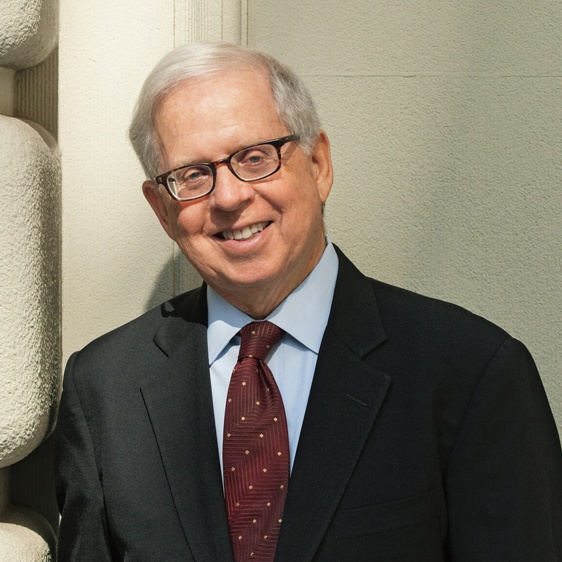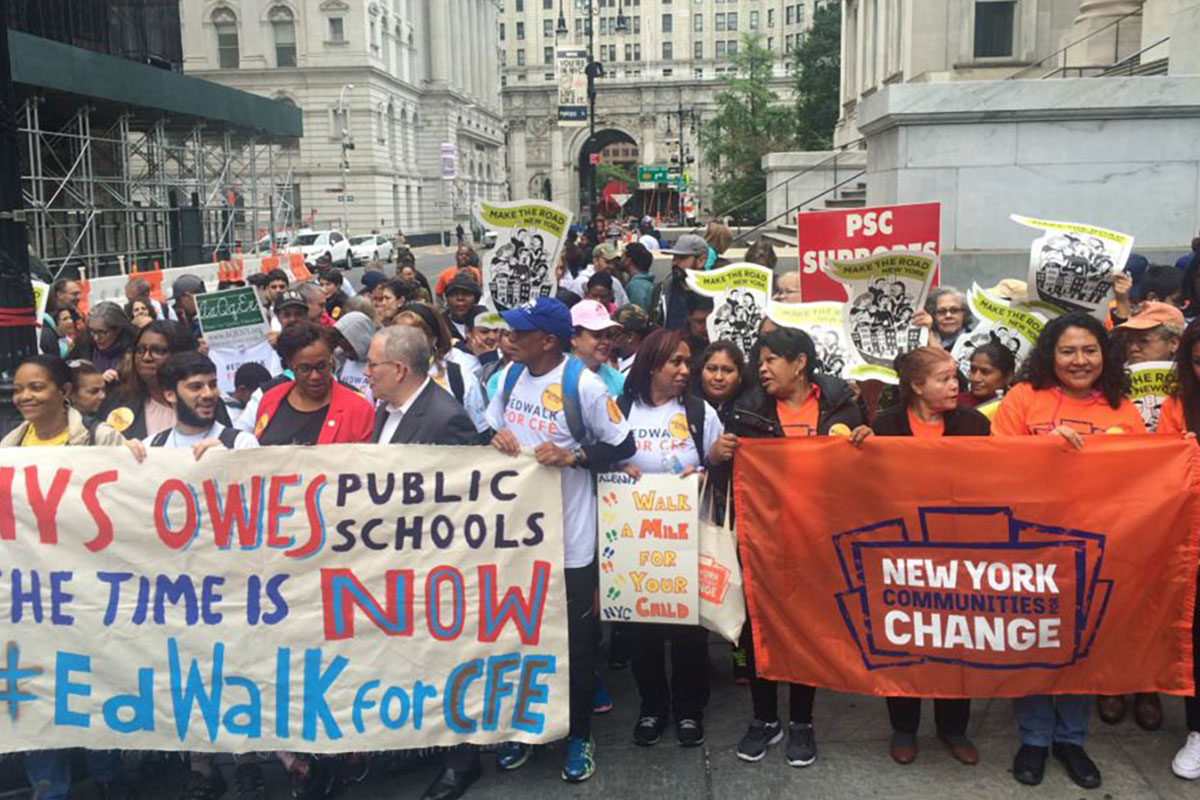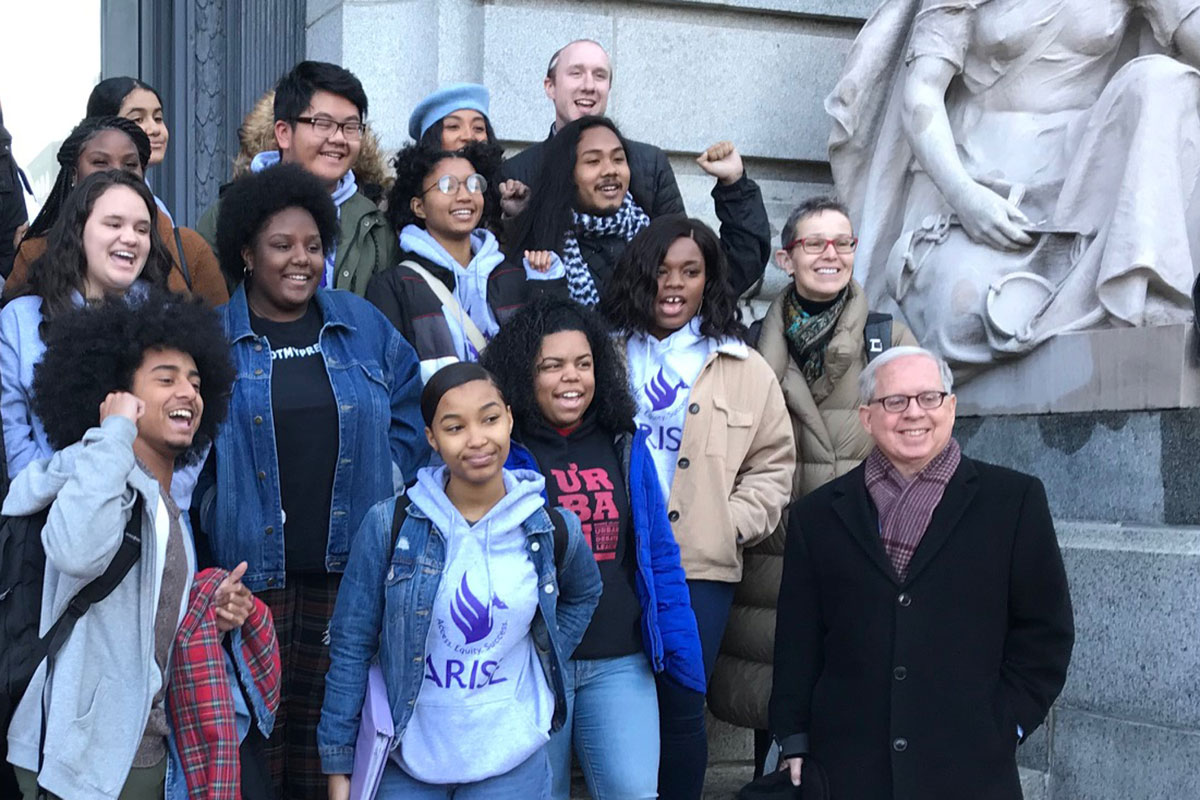New York State’s school funding formula needs a complete overhaul, and government plans to simply tweak the distribution of school dollars are insufficient, the Center for Educational Equity recently claimed while announcing efforts to create a new model.
“Developing a new constitutional school-funding formula must be an independent effort largely free from the political process,” says Michael Rebell, Founder and Executive Director of CEE, who took on state officials in a similar dispute 30 years ago that resulted in the 2003 landmark case that led to New York’s current model.
Here’s what you need to know about the latest development in the fight for educational equity.
Why the Old Foundation Aid Formula Doesn’t Work Anymore
- It’s unconstitutional, in the view of Rebell, noting that the Court of Appeals in 2003 ruled that New York State must “determine the ‘actual cost of providing a sound basic education’ and establish a fair, need-based funding system.”
- It uses old data, Rebell explains, noting that the current Foundation Aid formula — enacted 17 years ago — leverages poverty numbers from the 2000 census as well as cost of living averages from 2006.
- It doesn’t account for today’s challenges, including the extra costs associated with significantly more students in temporary housing, mental health needs and pandemic-related learning loss.
- It was already broken, with consistent years of underfunding, hold harmless provisions, exceptions and distortions.

That’s why we’ve been saying for the last couple of years, ‘What you really need to do is start from scratch and say, let’s look at current needs — and once we examine what those current needs are, let’s come up with a fair formula.’ Our position is: That is exactly what the Constitution requires.

(Photo: iStock)
What’s At Stake
- Currently, Foundation Aid funding amounts to approximately 10 percent of the state’s budget. An updated funding model could increase education funding, but not necessarily if ways were found to increase cost effectiveness and to eliminate unnecessary state mandates and wasteful expenditures.
- Foundation Aid is the largest portion of New York State funding that provides support to general education services to schools and districts.
- In the 2024-2025 school year, Foundation Aid will make up $24.9 billion in school funding across New York State — nearly a $1 billion increase over the previous year.
- That money is allocated across 686 school districts with more than 4000 schools serving nearly 2.5 million students, with officials reportedly factoring in numerous variables to meet agreed upon targets. New York City will reportedly receive $9.5 billion, but schools still face shortages.
The system that was in effect before this court order was basically political wheeling and dealing…Whoever was in control of the legislature was in control of how that pie was divvied up…They’d have 50 different formulas, and depending who they felt they had to appeal to politically, they put more money in that basket.

Supporters of the Campaign for Fiscal Equity demonstrate in 2016. (Photo courtesy of CEE)
- Rebell and his colleagues at CEE claim that the current approach violates the New York State Court of Appeals ruling in 2003 for Campaign for Fiscal Equity v. State of New York, which mandated the state’s responsibility to provide a “sound basic education” to all of its students, and prioritize need in its funding decisions.
The state must determine what is the amount of money you need for sound basic education based on relative need. Now that is the most critical thing, and that’s really what we’re relying on here. Essentially, the court was saying, ‘You don’t go in a backroom and throw around figures depending on political power.’

Michael Rebell with students in Rhode Island during civic education efforts in 2019. (Photo: CEE)
What’s Next
- CEE has retained the American Institutes for Research (AIR) to undertake the technical data analyses for this project. The nonpartisan organization has conducted complex financial examinations of education funding in a number of states for nearly two decades.
- This follows two years of CEE urging public officials to overhaul the foundation aid formula, calling for a transparent process rooted in public engagement.
- Meanwhile, SUNY’s Rockefeller Institute of Government is currently examining certain specific deficiencies in the current formula, looking to improve it for 2025-2026 — but they are not purporting to be developing a new formula.
- The Rockefeller Institute will present to Hochul proposed changes to the current formula in December — just weeks before Hochul will present her budget.
- In April, when the move was announced, CEE’s response highlighted the numerous challenges at play, writing: “This disingenuous proposal does no more than delegate the Rockefeller Institute to prepare the governor’s education budget proposal for 2025-2026.”
The analysis required to create a new formula that adequately and equitably meets current student needs cannot be accomplished in seven months.
- CEE and AIR plan to complete their initial data analysis by January and to offer proposals for improving the current Foundation Aid formula for 2025-2026, but they also are clear that more work needs to be done to turn the data analysis into a fair formula that can meet current education needs through processes like professional judgment panels and broad-based public engagement forums.
- The organizations will collaborate with educators, parents, students and economists to build a new formula from scratch, with Rebell saying, “You can’t band-aid it or you’ll get another distortion.”
- Rebell says that he and CEE leaders have not ruled out the possibility of taking the issue to court.
